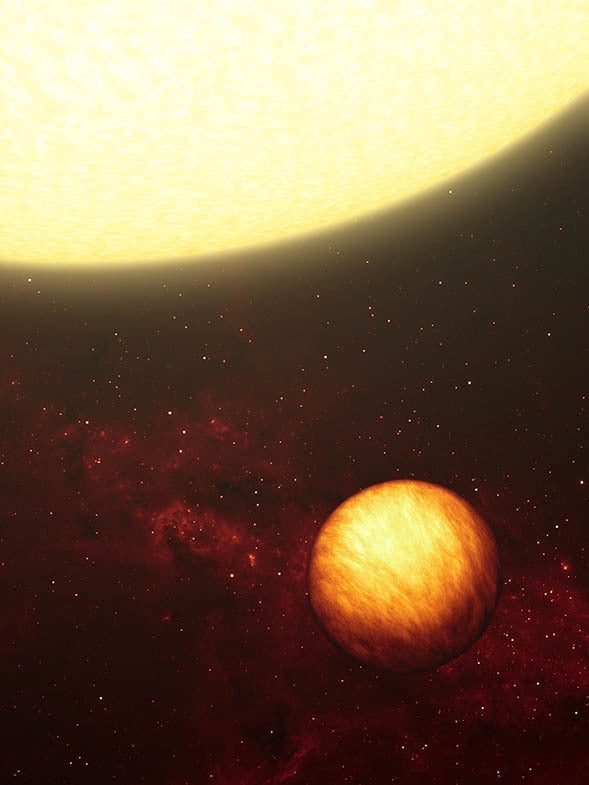Earth’s Moon
Osiris Rex
Mars
Jupiter
Saturn
Uranus
Neptune
Pluto
Upsilon Andromedae B
Kuiper Belt
Click on each planetary object to learn how UCF researchers are involved.
Knights In Space
Since our beginnings in 1963 as one of America’s first “space universities,” UCF researchers have focused their attention beyond our Central Florida skies to investigate cosmic mysteries about nearly every planet in the solar system, plus a few other celestial objects.

Since our beginnings in 1963 as one of America’s first “space universities,” UCF researchers have focused their attention beyond our Central Florida skies to investigate cosmic mysteries about nearly every planet in the solar system, plus a few other celestial objects.
Tap on an item below to see how UCF researchers are involved
Mercury
Messenger
Researcher: Todd Bradley, principal investigator for Planetary Mission Data Analysis Program grant

Todd Bradley Associate scientist at Florida Space Institute (FSI)
Objective: To learn more about the thin exosphere of Mercury, the smallest and swiftest planet in our solar system
Status: In progress
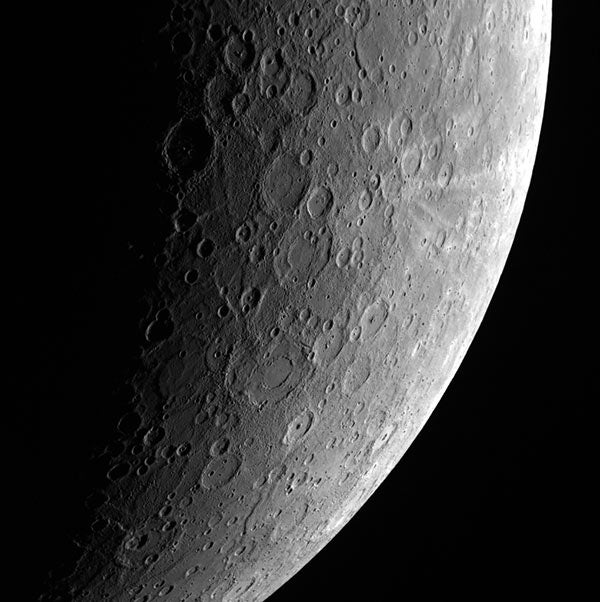
Earth’s Moon
Resource Prospector
Researcher: Philip Metzger, cooperating scientist
 Philip Metzger Associate in planetary science research at FSI
Philip Metzger Associate in planetary science research at FSI
Objective: To examine the soil on the moon’s poles in order to excavate potential resources including hydrogen, oxygen and water.
Status: Planning
Solar System Exploration Research Virtual Institute
Researcher: Adrienne Dove, co-investigator
 Adrienne Dove Assistant professor of planetary science
Adrienne Dove Assistant professor of planetary science
Objective: To understand the dynamics of dust on and near the lunar surface to prepare for future manned and unmanned missions to the moon and asteroids.
Status: In progress
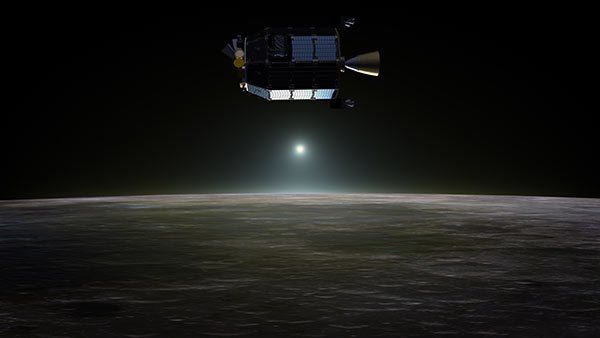
Asteroid
Researchers: Humberto Campins, co-investigator, and Yan Fernandez, contributing scientist
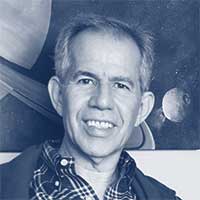 Humberto Campins Pegasus Professor of planetary science
Humberto Campins Pegasus Professor of planetary science
 Yan Fernandez Associate professor of planetary science
Yan Fernandez Associate professor of planetary science
Objective: To send a spacecraft to the asteroid Bennu, one of the oldest in the solar system, and bring back samples to analyze.
Status: In progress
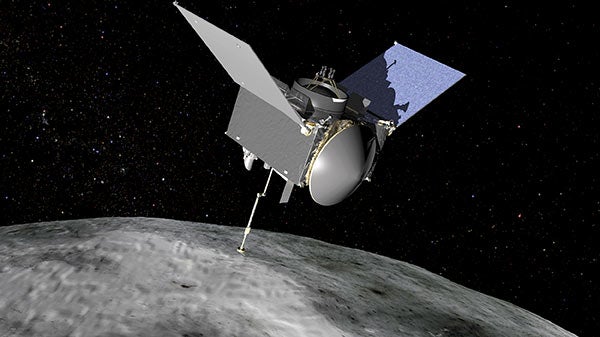
Mars
Curiosity
Researcher: Daniel Britt
 Daniel Britt Professor of planetary science
Daniel Britt Professor of planetary science
Objective: To develop and build radiometric calibration targets that enable scientists to “see” Mars colors as they are on Earth.
Status: In progress (have been used on every Mars rover)
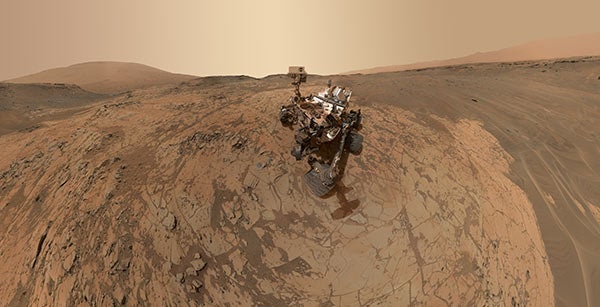
Jupiter
Galileo
Researcher: Ramon Lugo, NASA engineer
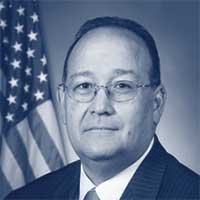 Ramon Lugo ’79 Director of FSI
Ramon Lugo ’79 Director of FSI
Objective: To measure the atmosphere of Jupiter, the largest planet in the solar system, and observe the planet and its moons from orbit.
Status: Completed
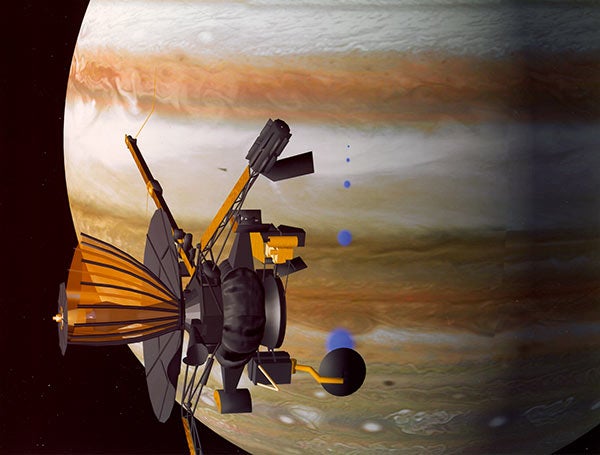
Saturn
Cassini
Researcher: Joshua Colwell, co-investigator
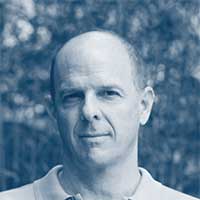 Joshua Colwell Professor of planetary science and assistant director of FSI
Joshua Colwell Professor of planetary science and assistant director of FSI
Objective: To observe, analyze and interpret data from Saturn’s rings using an ultraviolet imaging spectrograph.
Status: To be completed September 2017
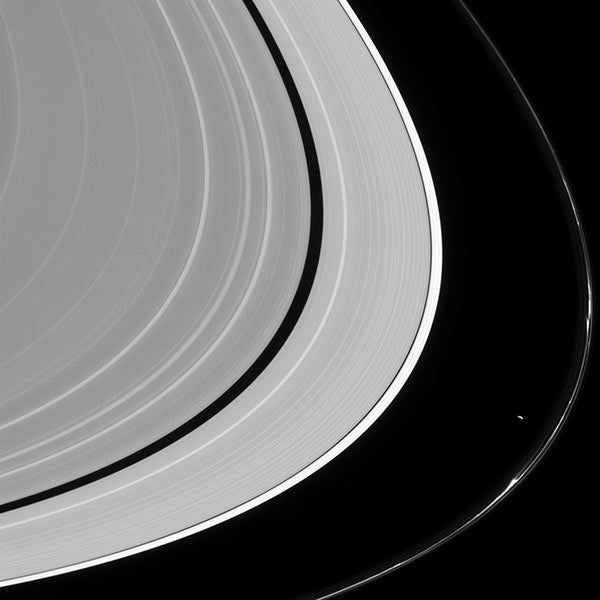
Uranus
Voyager 2
Researcher: Joshua Colwell, science team member
 Joshua Colwell Professor of planetary science and assistant director of FSI
Joshua Colwell Professor of planetary science and assistant director of FSI
Objective: To study the structure, origin and history of the rings of Uranus and Neptune.
Status: Completed
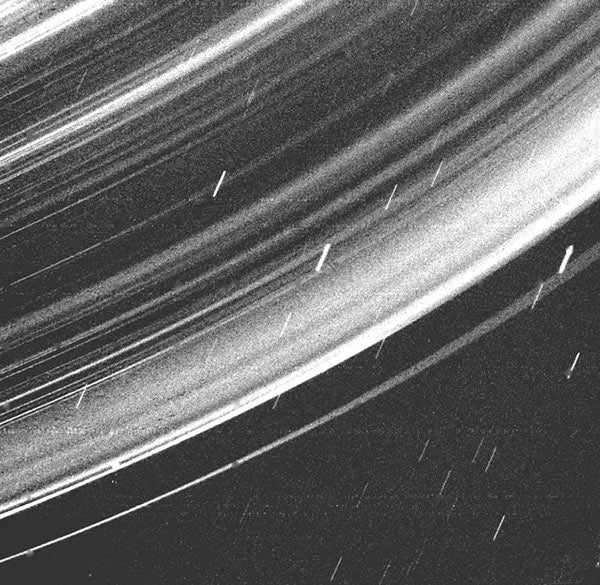
Neptune
Voyager 2
Researcher: Joshua Colwell, science team member
 Joshua Colwell Professor of planetary science and assistant director of FSI
Joshua Colwell Professor of planetary science and assistant director of FSI
Objective: To study the structure, origin and history of the rings of Uranus and Neptune.
Status: Completed
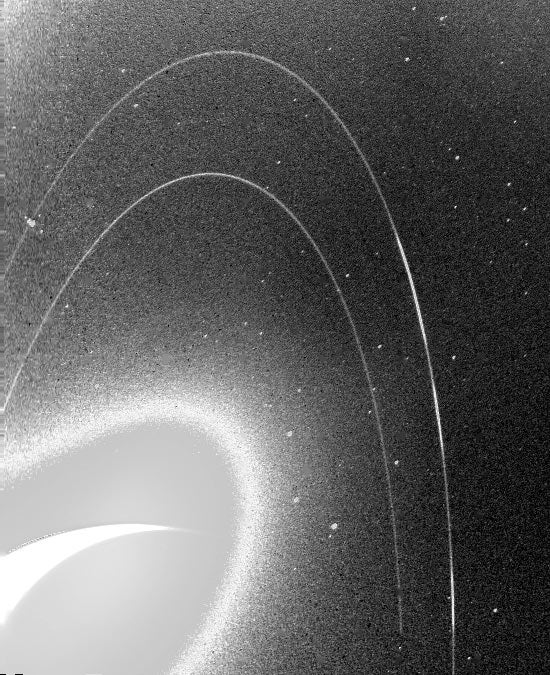
Pluto
Researcher: Alan Stern, principal investigator
 Alan Stern Chief scientist at FSI
Alan Stern Chief scientist at FSI
Objective: To study the surface composition, atmosphere and temperature of the icy dwarf planet Pluto and its moon Charon.
Status: In progress
Kuiper Belt
Researchers: Alan Stern, principal investigator, and Daniel Britt, science team member
 Alan Stern Chief scientist at FSI
Alan Stern Chief scientist at FSI
 Daniel Britt Professor of planetary science
Daniel Britt Professor of planetary science
Objective: To study the solar system’s outskirts and discover how ice dwarf planets have evolved over time.
Status: In progress
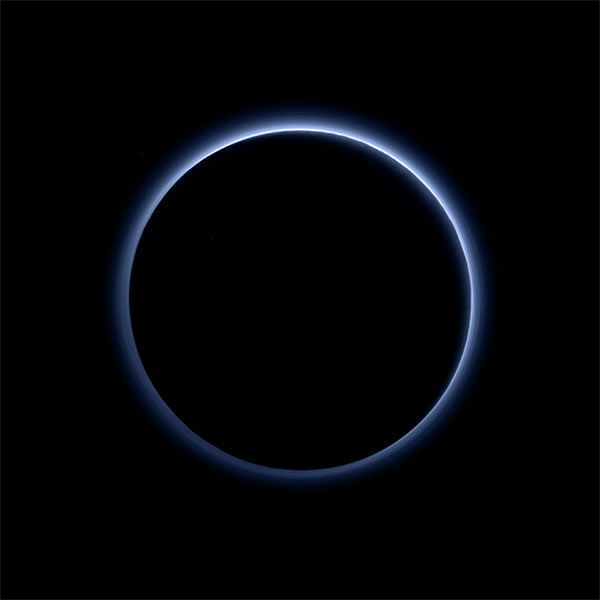
Upsilon Andromedae B
Spitzer Exoplanet Targets of Opportunity Program
Researcher: Joseph Harrington, principal investigator
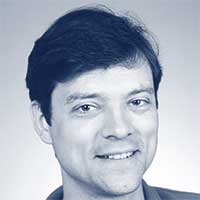 Joseph Harrington Professor of planetary science
Joseph Harrington Professor of planetary science
Objective: To measure the chemistry and temperature of the atmosphere of exoplanets, which are planets that orbit stars other than the sun.
Status: In progress
